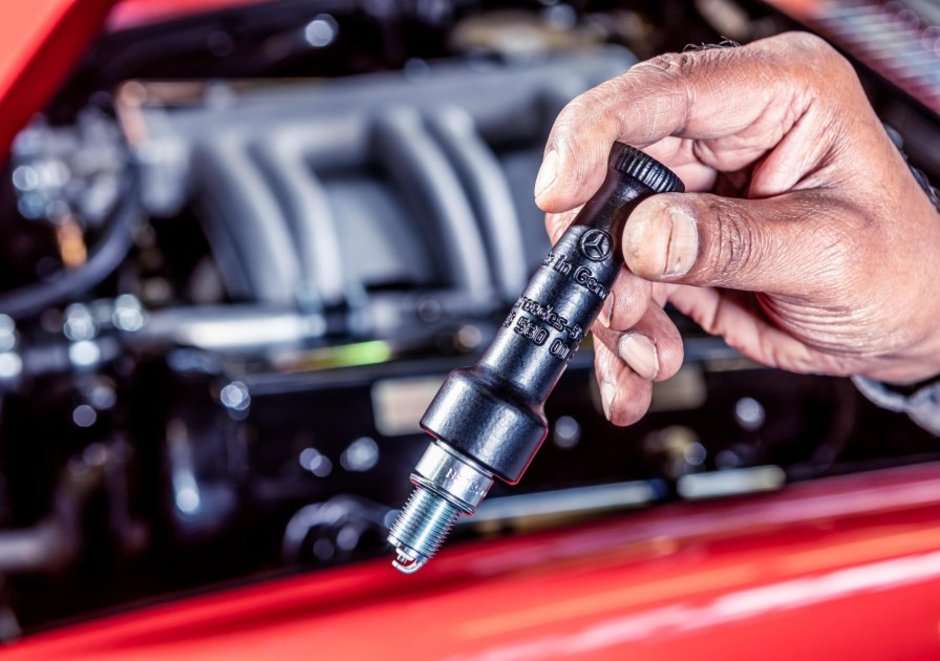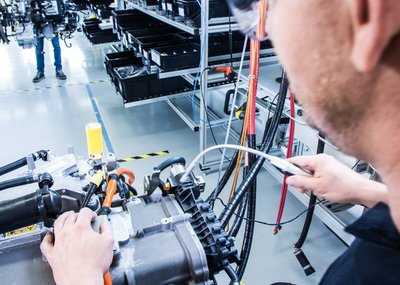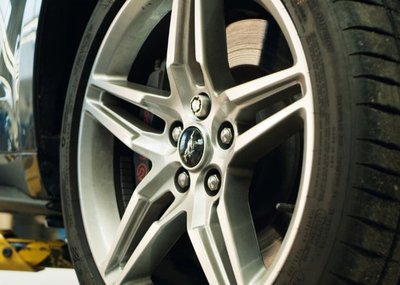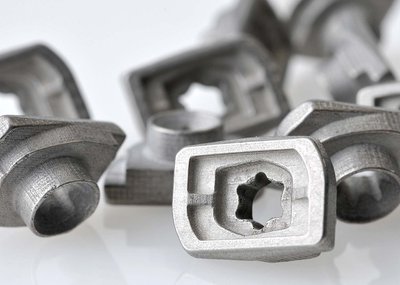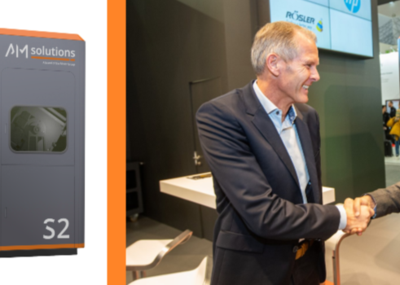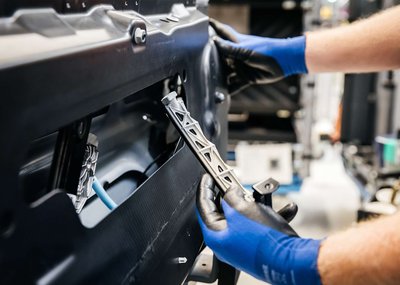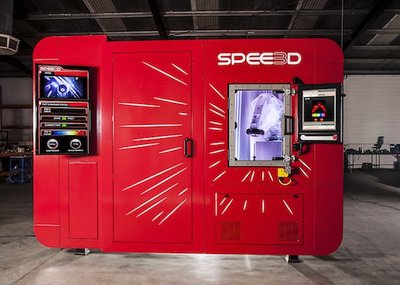During this month’s AM Focus Automotive, we are going to map the most accurate and up to date scenario for automotive additive manufacturing in final part production. We present an analysis of the latest progress made by each major automaker group and some of the key activities—either publicly disclosed or confirmed by reliable sources. Now it’s time for Daimler Benz additive manufacturing. In this first two episodes, we took a look at Volkswagen and General Motors. The next episodes will zoom in on Ford, BWM, PSA, FCA and JLR.
Daimler-Benz established a particularly strong relationship with 3D printer system OEM EOS. Starting in 2017, the two companies worked together—along with other partners—on the NextGenAM project, which developed a workflow for industrializing metal PBF technology for large-scale serial automotive manufacturing, with a particular focus on aluminum alloys. Mercedes is also a heavy adopter of additive manufacturing technologies in motorsports, using metal 3D printing for several parts of its very successful F1 racecars for nearly a decade.
3D printing technology is fully integrated into the development process and series production within the commercial vehicles segment at Daimler. All the innovations pertaining to the 3D printing process for Daimler Trucks & Buses have been introduced and undergone crucial development in an extremely short period of time by way of a Group-wide research and advanced development project in which the area of business innovation also plays an important role.
Along with the NextGenAM project, which came to its conclusion and is now being implemented in production workflows at factories such as Siemens Materials Solutions, Daimler-Benz Group companies are carrying out several activities focused on serial part production via AM, both primarily centered on spare parts.
In the automotive sector, the NextGenAM platform is already being utilized for the production of truck parts and its potential is being evaluated for the production of car and electric car parts. The first replacement parts for Mercedes Benz trucks are brackets for truck diesel engines, while 3D printed aluminum replacement parts for Daimler buses are being examined at Daimler Buses’ Centre of Competence for 3D printing. A team in the passenger car segment is also investigating applications for AM.
Daimler aims to leverage the automated and scalable process for series production of parts that have been optimized for 3D printing, benefiting from reduced weights and costs. In terms of replacement parts, the company is looking forward to further digitizing its part inventory—or Digital Stock—to cut down on warehousing needs.
Daimler Buses is also using polymer SLS technology to produce spare parts of the buses’ interiors in the Mercedes Benz and Setra brands. The parts, now produced in a single step, formerly consisted of several and in some cases even moving components. Over 1,000 components (drawers, cover moldings, retaining strips, adapters and surround rings) have reportedly been 3D printed to date. The process proved particularly economical in small series involving batches sizes from 1 to 50 units.
Mercedes Benz Classic also 3D prints parts: the inside mirror base for the Mercedes-Benz 300 SL Coupé (W 198 model series) is 3D printed using metal PBF; the spark plug holder from the tool kit and the sliding sunroof rollers for the W 110, W 111, W 112 and W 123 model series are all 3D printed using nylon in polymer powder bed fusion.
Source: Davide Sher, 3dprintingmedia.network

